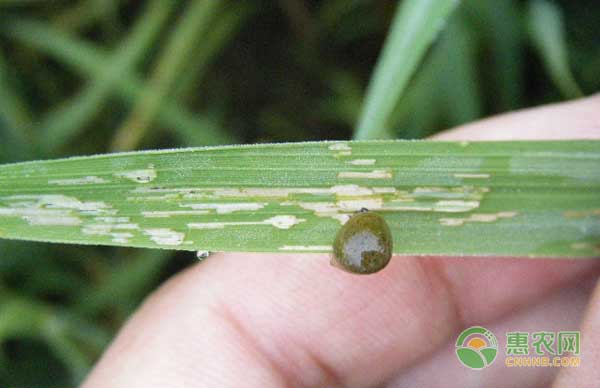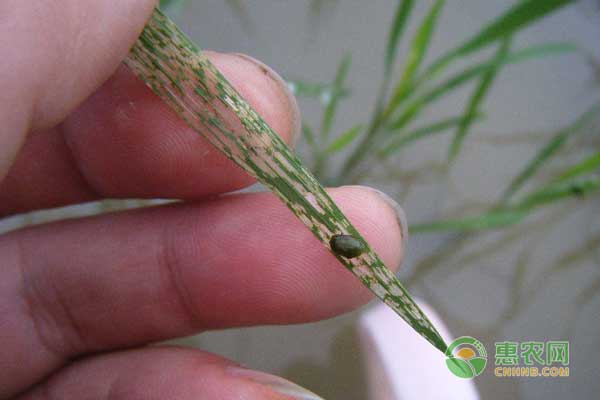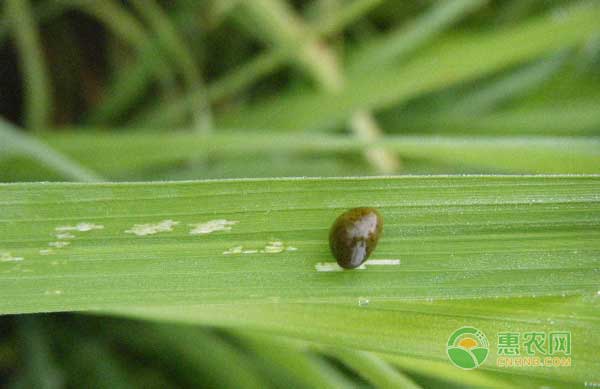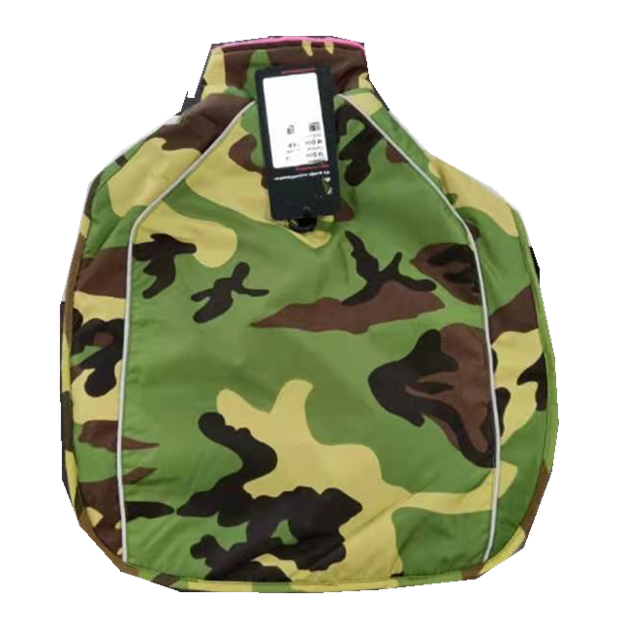In the process of rice, it is affected by various pests, and negative mud worms are one of them. At present, this period is the main hazard period of rice negative worms, and it is also an important period of prevention and control. The following small series will share the comprehensive prevention and control methods of rice negative worms.

First, the morphological characteristics
The adult body is 3.7-4.6 mm long and 1.6-2.2 mm wide. Head, tentacles, small scutellum blue or close to black. The front chest plate and the foot are mostly orange-red. The coleoptera is dark blue with metallic luster. The belly is black and the back is smooth and hairless. The head, antennae and body belly are golden yellow hair. The head has an engraved point, and there is a vertical recess at the top of the head. The length of the antenna is 1/2 of the length of the body. The front thoracic plate is longer than the width, the front and rear edges are nearly straight, the front sides are nearly parallel, the middle part is narrowed later, the base cross recess is not deep, and there is a short longitudinal groove in the center, and the front and the front are slightly rounded; The concave portion is more obvious, and the middle and vertical lines have 2 rows arranged with extremely irregular engraving points; the small scutellum has an inverted trapezoidal shape, and the surface has no engraving. The two sides of the coleoptera are nearly straight, and the inner side of the shoulder is shallow and concave; the engraved points are neat, the base and the last line are thicker and the line spacing is flat; the small shields are neatly lined, with 3-6 inscriptions. The egg is oval in shape and is about 0.7 mm long. The larvae are nearly pear-shaped and the back is obviously raised.
Second, the symptoms of harm
The insect mainly occurs in the seedling stage of rice. The adult and larvae feed on the leaves, and feed the mesophyll along the veins, causing many white vertical and horizontal stripes. The seriously damaged rice seedlings are scorched, broken, and even the whole plant is dead.

Third, life habits
Adults enjoy a cool, humid environment, with the most active morning and dew on the cloudy day. Overwintering adult worms after mating, can lay eggs many times. The egg is produced on the front of the leaf about 3 cm away from the tip of the leaf. It is less produced in the leaf sheath and the back of the leaf. Each female produces several to more than 10 grains each time. It is also scattered in two rows along the veins. It can lay eggs in a lifetime. More than 100 grains. The new adult worms did not pay the eggs in the same year. After feeding the rice, they gradually migrated to the fields to find locusts. The migration of adults can also be carried by water. The larvae are very lively in the morning when they have dew, concentrated on the front and tip of the rice leaf, and hidden in the backlight when the sun is strong. The larvae often carry a fecal block in addition to the front and back of the suede. The mature larvae remove the excrement, climb to a suitable place to spit a white gelatinous substance as a scorpion, and phlegm about 2-4 days. The larval period is 11-19 days.
Fourth, the law of occurrence
The rice negative worms occur once a year, mostly in mountainous and hilly areas, especially in valleys and ravines. The adult worms are in the leeward near the rice fields, the sunny slopes, the ridges, the ditch and the grasses. Overwintering under the clods between the grass and the rhizosphere. Since the beginning of May, adults have migrated to rice fields and laid eggs in late May. From early June to early July, the larvae are in danger. After 15-20 days, the mature larvae in the leaves or sheaths are used for phlegm and stasis. In the first month of the month, the adult became feathered, and in early August, it was transferred to the wintering place for winter.

Fifth, prevention and treatment methods
1. Remove weeds from pests in winter and reduce the source of insects.
2, timely insertion. However, early transplanting, especially in the paddy fields near the wintering place, should not be inserted too early to avoid premature damage to the rice fields.
3, broom sweeping insects. Use a broom to sweep the insects when there is dew in the morning.
4, chemical control: use one of the following agents to water constant spray: 90% crystal trichlorfon 100-150 grams per mu; 80% dichlorvos emulsifiable concentrate 100-150 ml per mu; 2.5% enemy kill emulsifiable oil 20-30 per acre ML; 1.8% avermectin EC 50-75 ml per mu; 70% imidacloprid water dispersible granules 2-4 g per acre; 48% chlorpyrifos EC 50-75 ml per mu.
The above is the prevention and control technology of rice negative worms. Although the negative worms have little effect on rice cultivation, they must also be well controlled to ensure high yield and stable yield of rice.
We are the supplier for dog dry robes, Pet clothes supplier, Waterproof dog robe supplier, Recycled dog robe poncho with hood, Dog dry robes. When cold weather, we go out with our dogs. We can help our dog wear a winter jacket, which is waterproof and warm.
We support customized logo and design. Welcome to discuss more details with us.



Dog Robes,Dog Robe,Waterproof Dog Robe,Recycled Dog Robe Poncho With Hood
Suzhou Golden Gamrnet MFG Co.,Ltd , https://www.suzhoumfg.com